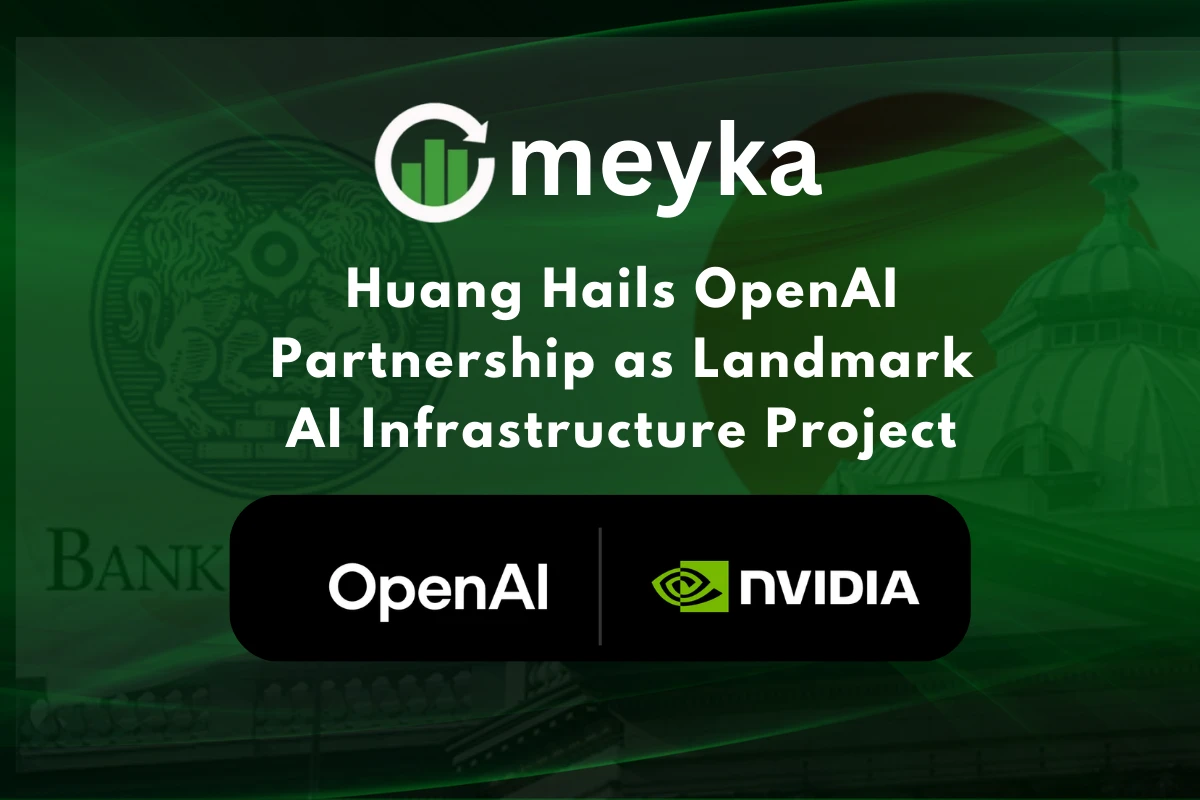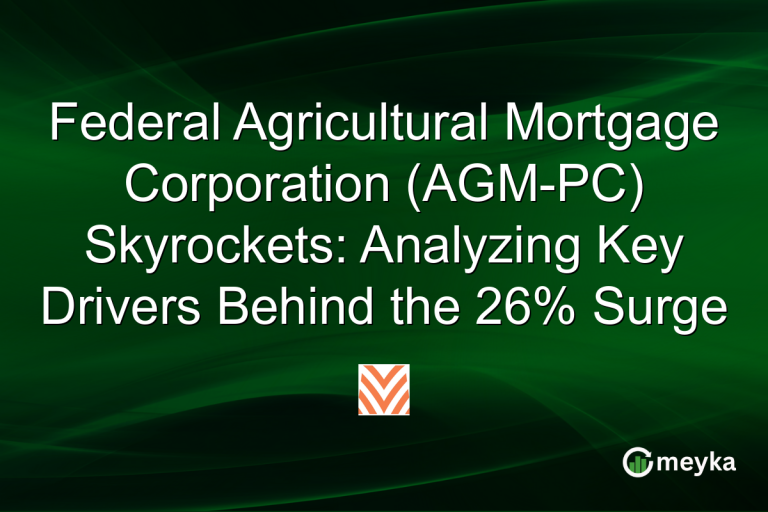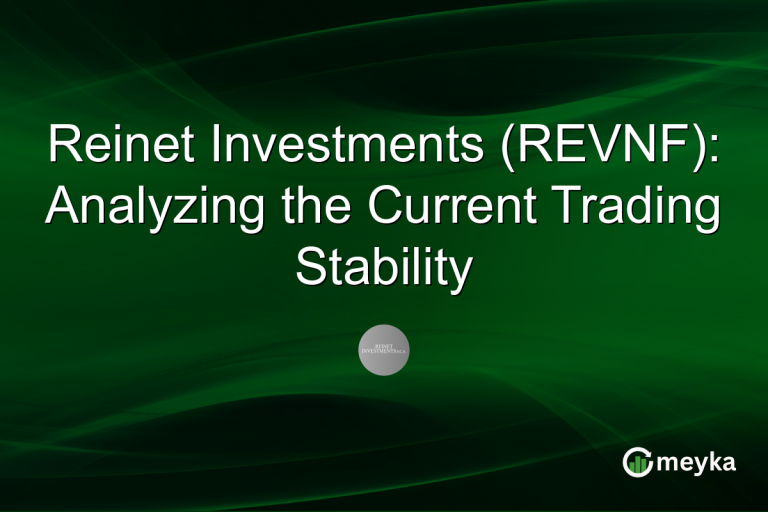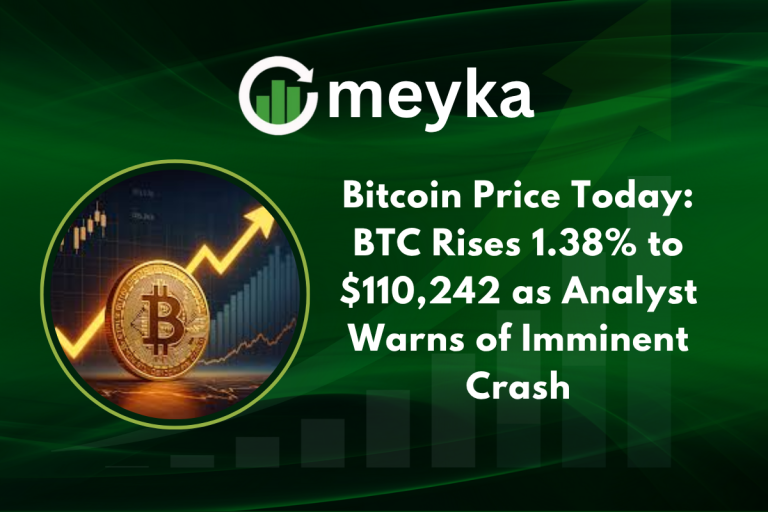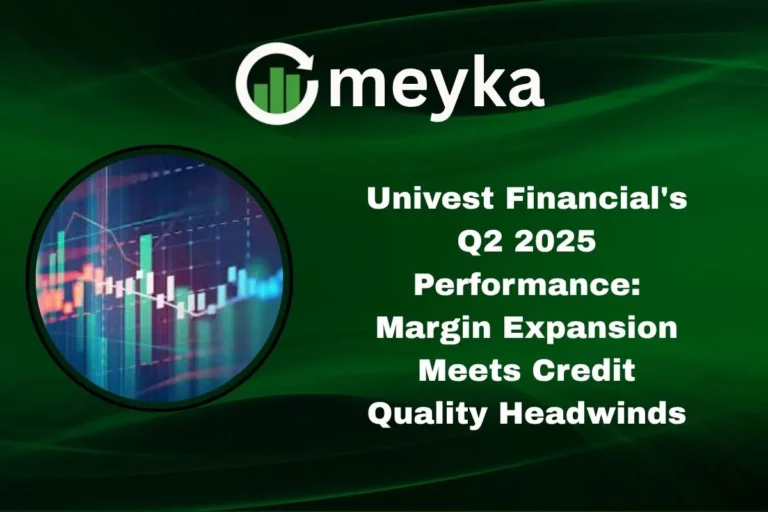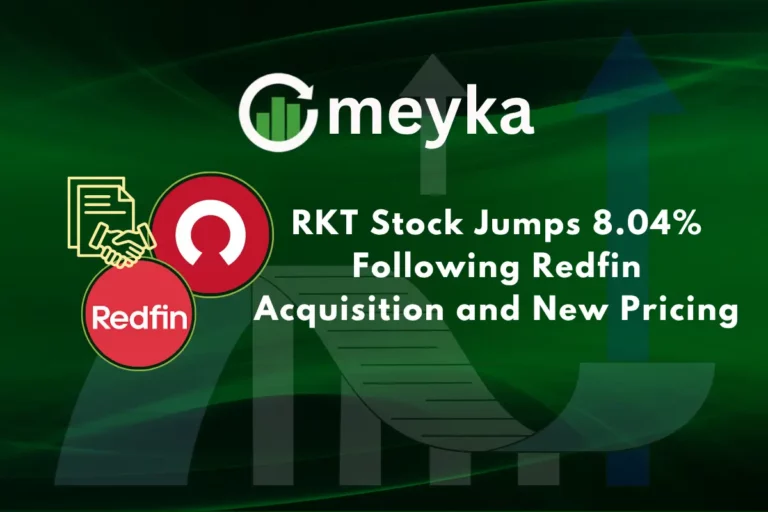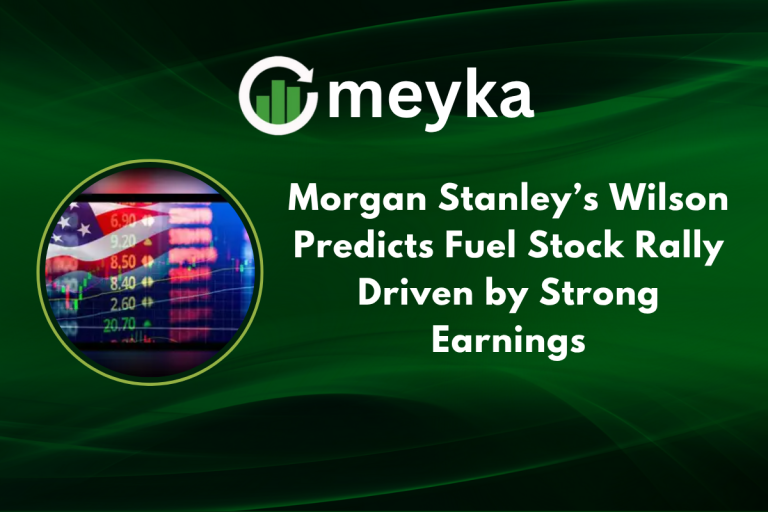Huang Hails OpenAI Partnership as Landmark AI Infrastructure Project
Nvidia founder and CEO Jensen Huang and OpenAI announced a joint plan to build massive AI data centers. The deal calls for at least 10 gigawatts of Nvidia systems. Nvidia also said it intends to invest up to $100 billion in OpenAI as capacity comes online.
This is being described as a multi-year, global buildout to power the next generation of generative AI and large-scale inference. The companies say the project will deliver a million GPU-scale systems and a new class of AI infrastructure for training and inference.
Why did Huang call this a landmark project? He framed it as the biggest AI infrastructure effort ever, meant to take AI out of labs and into the world.
Huang Hails the Nvidia-OpenAI Partnership
What Huang said and why it matters
Jensen Huang called the collaboration the biggest AI infrastructure project in history. He said it will connect intelligence to applications, devices, and businesses worldwide. The partnership is not a one-off purchase. It is a long-term plan to co-optimize hardware and software.
That matters because scale and close integration can lower costs and speed development for generative AI models.
Is this a technology bet or a business play? It is both. The project creates commercial scale for OpenAI and market demand for Nvidia’s new systems.
Huang Hails What Makes This AI Infrastructure Project Unique
Scale, timeline, and architecture
OpenAI and Nvidia plan to deploy at least 10 gigawatts of Nvidia systems across multiple data centers. The deployment will use the NVIDIA Vera Rubin platform and other systems designed for massive context inference and training.
Nvidia said the first gigawatt will come online in the second half of 2026. This is a step change in capacity and energy scale for AI infrastructure.
How big is 10 gigawatts? Ten gigawatts equals the power draw of several large data center campuses. It signals industrial scale, not a single-site build.
Huang Hails the Impact on Nvidia, OpenAI, and the AI Ecosystem
Mutual benefits and product fit
OpenAI gains predictable, optimized compute for training and inference. Nvidia (NVDA) gets anchored demand for its next-generation GPUs and systems. The plan also states Nvidia will progressively invest up to $100 billion in OpenAI as each gigawatt is deployed.
That investment structure ties hardware rollouts to capital support, which can speed capacity expansion at scale.
Will this help models scale faster? Yes, more compute and better co-optimization typically accelerate model development and lower per-unit costs.
Reaction from the markets and data points
Markets reacted quickly to the announcement, with coverage noting sharp interest in Nvidia shares and investor sentiment about AI infrastructure demand.
See the live market reaction here:
Huang Hails Financial and Market Reactions
Investor tone and short-term moves
Analysts and investors framed the deal as both growth and risk. Growth because it locks in long-term demand for Nvidia systems, risk because the scale requires heavy capital spending, and execution across data center power, cooling, and logistics.
Commentary on social channels amplified the news and created rapid sentiment shifts. For example, industry and crypto observers posted quick takes about the investment scale and implications.
Should investors treat this as immediate revenue? No. Deployments are phased. Revenue will follow physical builds, testing, and model integration over the years.
Also see how European media highlighted the scale and strategic angle for cloud competition:
Huang Hails AI as the Next Industrial Revolution
Vision and rhetoric
Huang compared the step to an industrial revolution for intelligence. He argued that putting capacity at scale enables new use cases, from agentic AI to advanced reasoning at a massive scope.
OpenAI framed compute as the foundation for future economic value and societal benefits. The companies said this build will let AI reach more users and businesses with greater capability.
Why use such large language? Large scale infrastructure signals commitment and shapes policy, investment, and competitive responses globally. Social commentary captures part of that mood:
Huang Hails Global Competition in AI Infrastructure
Where this sits in the world
The project raises the bar for AI infrastructure in the US, EU, and Asia. Cloud providers like Microsoft and Google already offer GPU scale and are deep partners to OpenAI and other model builders.
This new partnership intensifies the race, as it centers on a major client with a preferred hardware partner. It may push other cloud vendors to accelerate their own capacity investments and co-engineering efforts.
Will governments care? Yes. Large AI data centers touch national energy, security, and industrial policy, so regulators and policymakers will watch closely.
Huang Hails Looking Ahead – What This Means for AI’s Future
Long-term effects and sustainability
Long term, the deal could reshape generative AI delivery. It will lower the per-unit cost of intelligence if deployments meet efficiency goals. It may accelerate specialized silicon, tighter software and hardware co-optimization, and new business models around inference at scale. Nvidia and OpenAI say they will co-optimize roadmaps, which could reduce friction in deploying next-generation models.
Sustainability and green AI
Powering 10GW of systems raises sustainability questions. Both firms will need to address energy sourcing, efficiency, and carbon management to meet global standards. How they do that will influence industry norms for green AI infrastructure.
What should the industry watch next? Watch deployment timelines, energy plans, and early model performance on the Vera Rubin platform starting in the second half of 2026.
Conclusion
Jensen Huang hailed the Nvidia and OpenAI tie-up as a landmark. The plan for 10 gigawatts of Nvidia systems and up to $100 billion of progressive investment marks a new scale for AI infrastructure.
It blends hardware, software, capital, and global deployment to accelerate generative AI and cloud computing. Execution, energy planning, and regulatory oversight will shape whether the vision becomes the industrial engine its leaders describe.
FAQ’S
Elon Musk’s AI company is xAI, which he launched in 2023 to develop safe artificial intelligence systems.
Nvidia invested in OpenAI through a strategic $100 billion AI infrastructure project to power massive data centers.
Yes, OpenAI recently raised $6.6 billion to expand compute resources and train larger generative AI models.
Microsoft is collaborating with OpenAI on the Stargate AI supercomputer as part of their long-term partnership.
Elon Musk is primarily backing xAI, though Tesla and other Musk-linked firms are also viewed as AI-related stocks.
His AI company is called xAI, which focuses on creating safe, explainable, and advanced AI systems.
Elon Musk has criticized OpenAI for moving away from its original nonprofit mission and becoming too closed and commercial.
OpenAI is governed by OpenAI LP, controlled by a nonprofit board. Microsoft holds a major investment stake but not majority ownership.
Elon Musk initially invested around $50 million in OpenAI during its early years before stepping away in 2018.
Disclaimer
This content is made for learning only. It is not meant to give financial advice. Always check the facts yourself. Financial decisions need detailed research.
